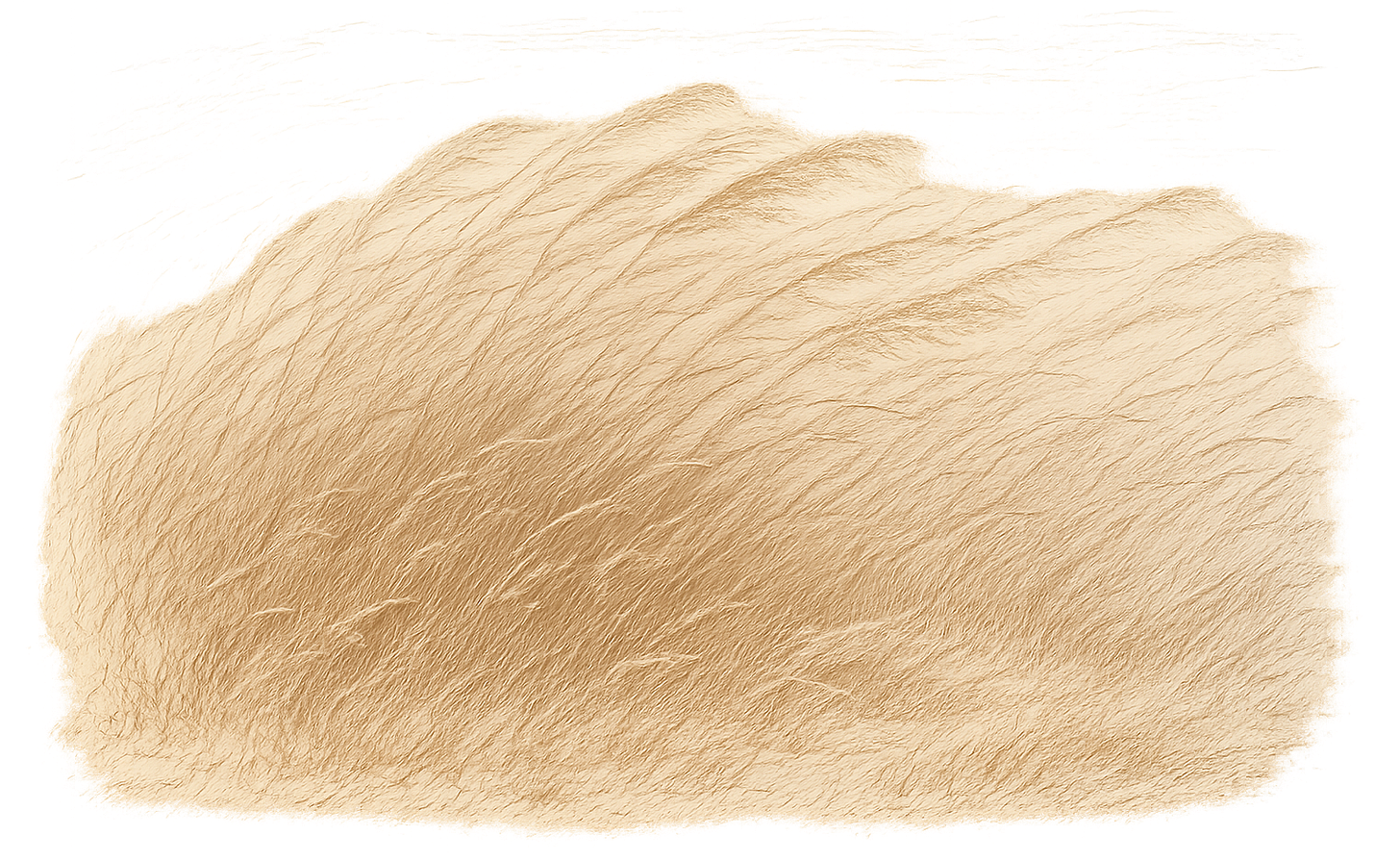“If I let go of the pressure to perform,
what would I be able to hear more clearly?”
Subtle Guidance
In The Lion Tracker’s Guide to Life, Boyd Varty offers an image I return to often: a person moving through the bush, eyes open, senses tuned - not following any kind of map, but a feeling.
It’s a small but honest portrait of existence itself, which comes to us without instructions. There’s no fixed direction. No syllabus. What we’re given instead is something fuzzier - a hunch here, a nudge there, brief glimmers of possibility that threaten to disappear the moment we notice them.
And yet, if we can quiet our need for certainty and trust the smallness of those signals, we may find that they’re enough.
When the Body Speaks
We like to ask big questions - What should I do? Where am I going? - as if the answers are written somewhere far away. But often, they’re not written anywhere at all. They’re felt.
We catch them in the rush of energy when something clicks. In the ache of admiration we try to disguise as envy. In the ease that settles over us when, for once, we’re not pretending.
Finding our way isn’t an analytical pursuit. It isn’t about getting things “right.” It’s closer to remembering how to listen with our whole body - the way birds know when to fly south, or seeds know when to open.
First, Just Notice
It’s easy to lose this kind of knowing. To hand over our sense of direction to routines and schedules, to rely on outside counsel for confirmation. We want reassurance. We want safety.1
But real direction rarely arrives fully formed. It doesn’t lay out the entire picture. It begins with something small. That faint tug. That half-formed yes.
Varty calls them “first tracks.” Small feelings. Tiny shifts. Brief encounters that stir something we can’t quite name but somehow says, this matters.
Over time, I’ve come to recognize my own markers: a loosening in my chest, a brightness behind my eyes, a grounded joy that needs no explanation.
And whether they arrive boldly or barely there, they’re all I need.
Losing & Returning
Of course we stray. The thread slips. We lose the signal.
But that, too, is part of the practice. Trackers don’t panic. They pause. They widen their focus. They wait. And eventually, the sense returns.
The more you learn to notice it, the more it makes itself known. And even when the path ahead remains unclear, the feeling grows familiar enough to put your faith in. You can lean on it. You can let it lead you forward.
What It Asks of You
So perhaps the invitation is this: not to track a title, or a role, or an overly clear purpose - but to track what makes you more yourself, whatever hums with a deeper kind of truth.2
And the miracle is that the hum, when followed, doesn’t just bring you closer to who you are - it draws others in, too. It reminds them of something they had forgotten. It becomes a kind of beacon.
And maybe that’s how the healing spreads.
First tracks. Then the next first tracks.
Nova et nova. Ever forward.
There’s an important difference between recognizing the tracks and trusting them. You might already know the kinds of things that light you up, but that doesn’t mean you really follow them. At least not yet.
I’ll be the first to admit: I’ve spent much of my life shrinking away from what’s most “me” - not because I didn’t know what it was, but because I was afraid of what it might mean to step into it more fully.
I’ve been quick to reach for convenient reasons to turn elsewhere:
“That’s not cool.”
“That won’t earn real money.”
“That’s too vague.”
Lately, though, I’m starting to let go of those measures and beginning to believe in something else: that following my own tracks - however faint, however winding - is the only real way to live.
If you feel called to reconnect with your own first tracks, here’s an exercise that helped me. Take a big sheet of paper and divide it into rough chapters of your life:
Childhood
Elementary
Middle/High
University
Early Career
And so on...
For each stage, ask yourself:
What was I drawn to? What did I play with? Dream about? Who were my heroes - and why? What music moved me? What books and movies woke me up? When did my tastes change - was it evolution or self-editing? What ambitions did I harbor? Which interests did I abandon too quickly? What communities felt like home? What friendships or mentors did I long for but not find?
Try not rush it. Self-archaeology takes time. Let the memories surface as they will. Give yourself a few hours of pleasurable exploring:
The goal isn’t to find a perfect pattern, just to notice. To remember the small threads of fascination that made you feel alive - and maybe still do.
Somewhere in all that remembering, you might find something tender and true. A glimpse of your original pulse. A feeling that says: Ah, there you are.
Happy tracking.








Tracking- What a wonderful way to become yourself again. In the hustle of life and with the issues we face today I can so easy get off track.